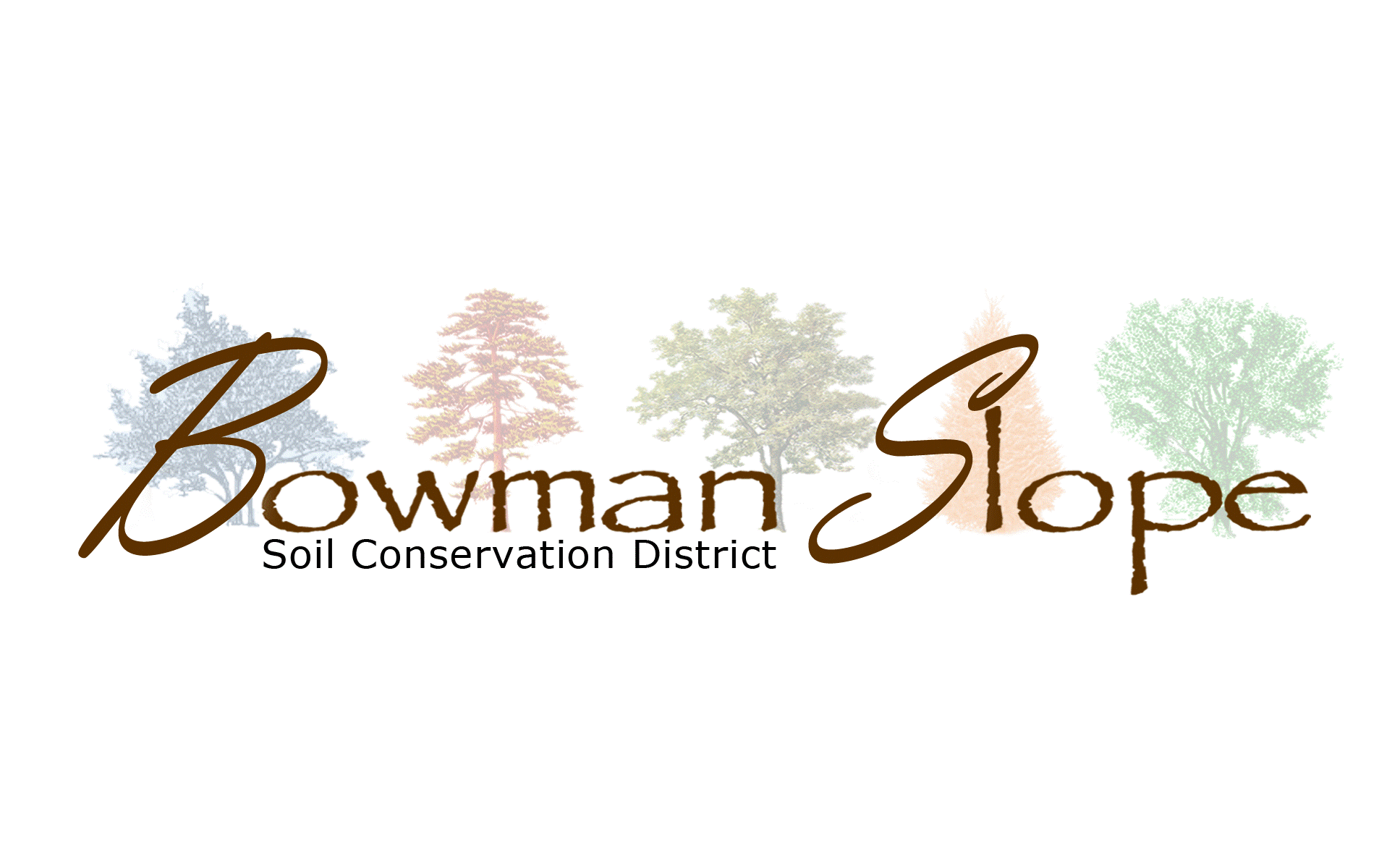Bowman-Slope Natural Resource Policy Plan
The purpose of this project is to develop a local land and natural resource use plan and policy that comply with state and federal statutes that can be used to influence federal agency decisions as required by federal statute. The local land use plan can also be used as part of the local government’s response when it receives its actual notice of species listing and proposed critical habitat designations under the Endangered Species Act.
North Dakota Century Code § 4.1-20-24 grants soil conservation districts the power to develop comprehensive plans for the conservation of soil resources and for the control and prevention of soil erosion within the district. A comprehensive plan must specify in such detail as may be possible the acts, procedures, performances, and avoidances that are necessary or desirable for the effectuation of the plan. The act then allows a district to publish the plan and bring it to the attention of occupiers of lands within the district.
The act allows comprehensive land use plans that are adopted by the conservation districts to include provisions for any other means, measures, operations, and programs as may assist conservation of soil and water resources and prevent or control soil erosion in the district, having due regard to the policy behind North Dakota’s soil conservation district statute set forth in NDCC § 4.1-20-01. NDCC § 4.1- 20- 28.
These local NRPPs are not zoning and do not regulate the use of private lands. When people think of NRPPs, they typically think of the general planning document that counties use to determine zoning on private lands. A NRPP is a separate type of land use plan prepared by rural counties and conservation districts containing policies relating to the all aspects of federal decision-making that may impact the constituents within the local government’s boundaries
Local governments do not have jurisdiction over the federal government or public land and NRPPs cannot require federal agencies to take specific actions. However, federal agencies and departments are mandated by various federal statutes to engage local governments during the decision-making process on federal plans, policies, and programs that will impact the management of land and natural resources within a community and ultimately affect the local tax base and lives of local citizens. Federal agencies are required to coordinate and consult with local governments and to give meaningful consideration to policies asserted in written plans prepared and adopted by local governments concerning management of federal lands in their area (1).
Federal agencies are required to identify and analyze the impacts to local economies and community culture when making decisions. Therefore, NRPPs outline the present economic and cultural conditions and desired future conditions of a local community and demonstrate how those conditions are tied to activities on adjoining federal lands. The plan establishes the local government’s preferred policies for the planned use, management, protection, and preservation of the natural resources on the federal lands within its jurisdiction. The goal is to protect private property, the local tax base, and local custom and culture. An adopted NRPP is a critical tool that allows a local government to have a substantive impact on federal decisions, plans, policies, and programs. In fact, a written plan can play a key role in the success of a local government engaging the federal government.
